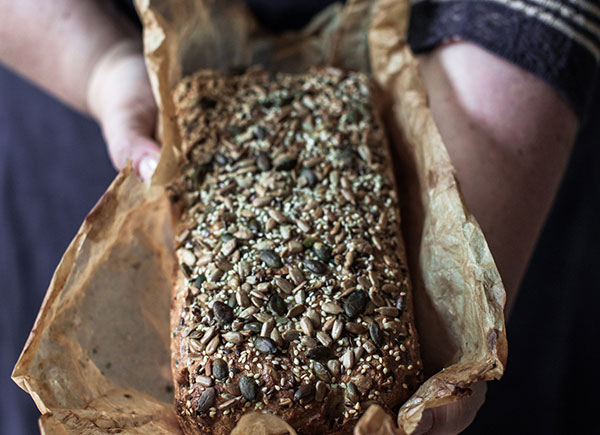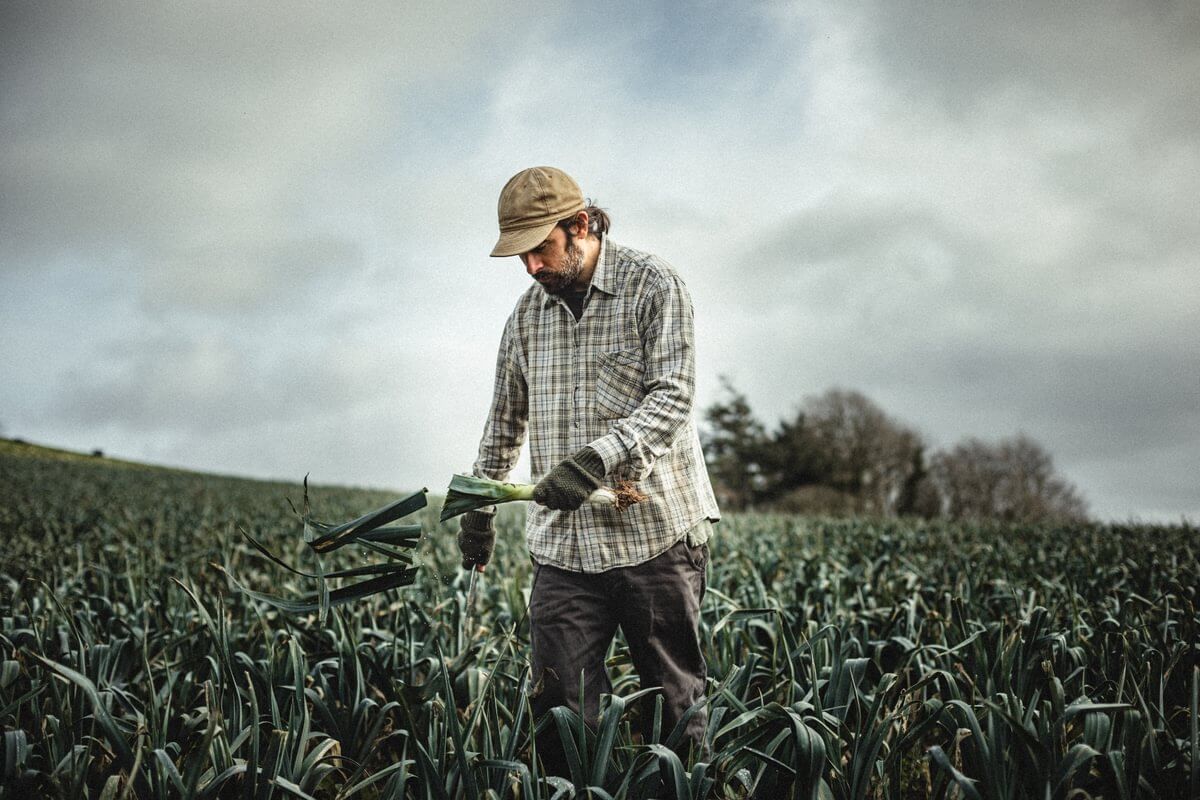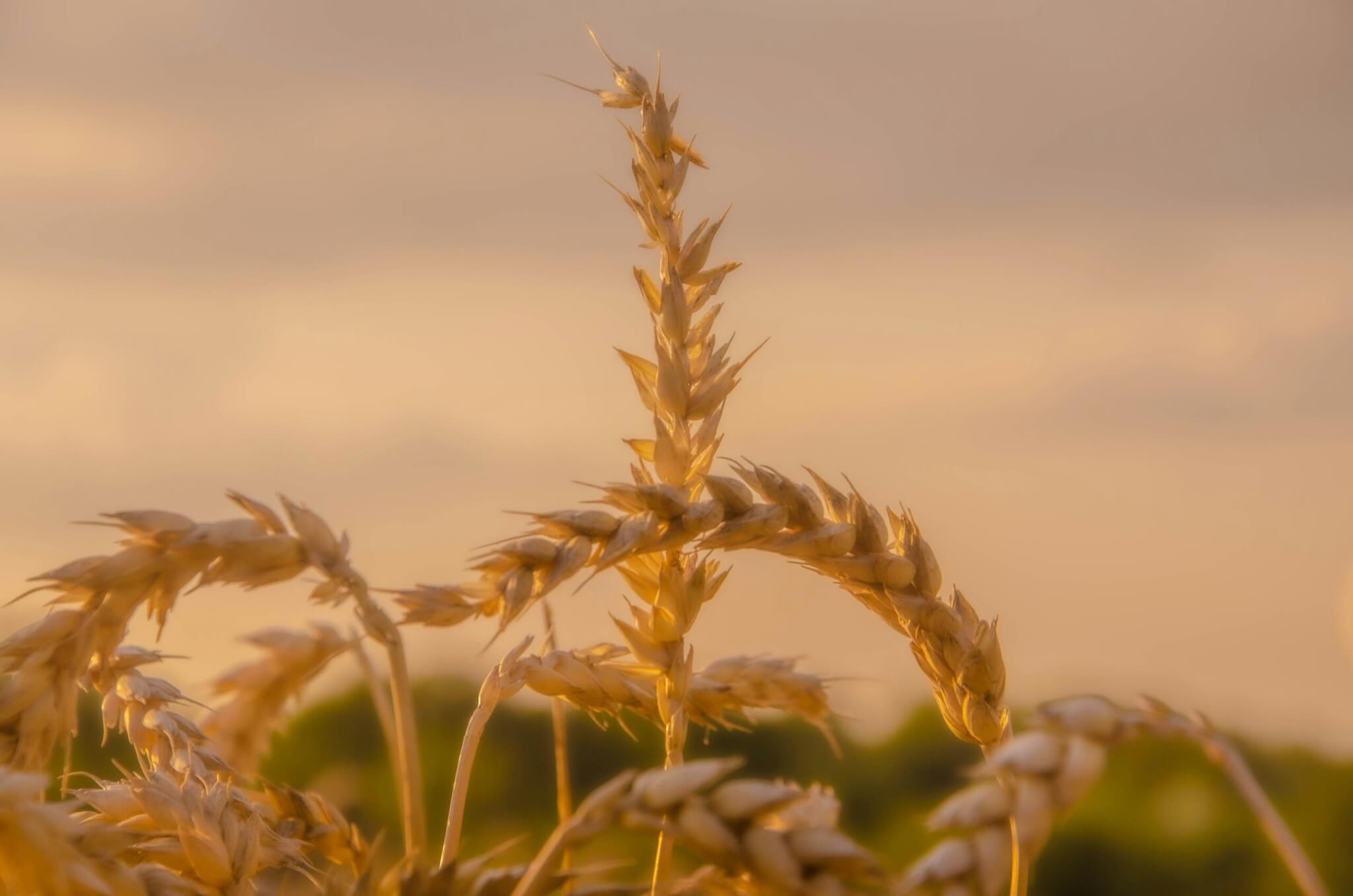From the depths of the oceans to the tops of the highest mountains, our planet is thought to be inhabited by as many as 10 million species of bacteria. We are part of this microbial world. Microbes live in us, on us and around us.
Recently there have been reports of a shortage of commercially manufactured yeast in the shops. Sourdough bakers leaven their bread using a culture of a small number of wild yeast and lactic acid bacteria species. These wild yeasts and lactic acid bacteria occur naturally all around us; we simply need to capture them.
My life in sourdough
When I was in my early twenties, my microbial system was massively disrupted by antibiotics. Within a few weeks, I was unable to digest wheat. The very bread that I loved to bake was making me ill. It was only when I returned to the bakery in France where I’d trained that I realised I could digest sourdough.

The balance of my gut microbiota had been so severely disrupted that I had gut dysbiosis. The antibiotics had reduced my levels of beneficial gut microbes to less than two per cent diversity and my digestive system was struggling. I could digest sourdough because the process of breakdown that should have been happening in my gut was actually happening in the dough during the fermentation process.
This process helps to break down the gluten in the dough, making sourdough easier to digest for many people who have non-coeliac gluten sensitivity. Also, because of the way the sugars are broken down, sourdough is often better tolerated than fast-fermented, commercially produced bread by people who have IBS – up to 20 per cent of the population.
The process also increases the bio-availability of nutrients, minerals, vitamins and antioxidants, as well as increasing levels of resistant starch, meaning a slow-fermented bread can help slow down our blood sugar response.
I’m now working towards a PhD focused on sourdough and the gut microbiome, and how this relates to mental health.
The most basic of ingredients
To make sourdough, you simply need flour, water and salt. Using organic ingredients is vital. Just think about our symbiotic relationship with microbes: if we work with ingredients that have been covered with insecticides, we’re hugely reducing the natural microbial load that we want to nurture in our starter.
Sourdough connects us to the planet: to the soil, to the water, and to the people we share it with. Baking sourdough will not just produce a beautiful loaf – it will help you to truly understand this magical, microbial world in which we live.
Vanessa Kimbell is a sourdough specialist, baker, and teacher at the renowned Sourdough School in Northamptonshire.















Vanessa, you mention non-coeliac gluten sensitivity – presumably those with coeliac disease will also benefit from the increased absorption of nutrients. Is it possible to successfully make gluten-free sourdough?
Novice, the Ethiopian bread made with non-gluten teff, as I understand, is leavened. So the answer to your question is “yes”. Check the US site for King Arthur flour, as they have some information on it. You will have to be using some varieties of starch and/or gum (xantham, guar, etc) in order to form the little balloons in the material that the yeast fill with Co2. That is what “rising” is, after all. The gum and/or starch takes the place of the gluten.
Thank you Roger, that is really helpful. Knowing more about what the process is definitely helps to figure out how to get it to work! I’ll have a look at King Arthur flour and teff bread.
NoviceG, I am sure you have read that, if you want to transition a sourdough from, say, wheat to rye flour, you should do it in steps by changing the % of each flour at each feeding. I have meant to do an experiment doing all that, moving from 100% wheat to 100% other such as oat flour or something I can get easily. I have not done it yet. I am supposing it can be done step-wise like that, but just don’t know.
New to sourdough, I made my first two loaves following Riverford’s recipe. I am on to my second batch using the starter which kept fine in the fridge.
Can anyone help with the texture? I follow the quantities accurately but at the stage where we are supposed to fold the dough in thirds every half hour 5 or 6 times, my dough is so soft I have to use a wooden spoon to pull it up (it is nicely stretchy) from the bowl. I wish there were pictures of that stage of the dough, and the next, when we are to put it in a bowl. I tried a colander, but it didn’t work well, and turning it out onto an oven proof round dish, it was rather flat, because, I believe, too soft. Any help out there?
If you are a Riverford customer and fancy joining it, the Riverford Tribe facebook group are great at collective problem solving !
Starling, I haven’t read the recipe you refer to, nor tried it, but if it is done by volume, your quantities might be slightly off. Plus, flours vary in both moisture content and the ability to pick up the moisture you add. The idea of “Baker’s Math” is to adjust quantities by weight relative to the percentage they represent, so the recipes work whether you are making a single loaf or 40. To use Baker’s Math, you will need an accurate scale, especially for small quantities.
All that said, I have taken to baking my bread in a pre-heated (to 425F/220C or more) cast iron (not stainless) lidded pot. That way, the sides of the pot contain the tendency to splay out, and the closed cast iron pot delivers a major blast of heat to the loaf while keeping the moisture in for the first part of the baking. You can remove the lid half way through to allow the bread to brown.